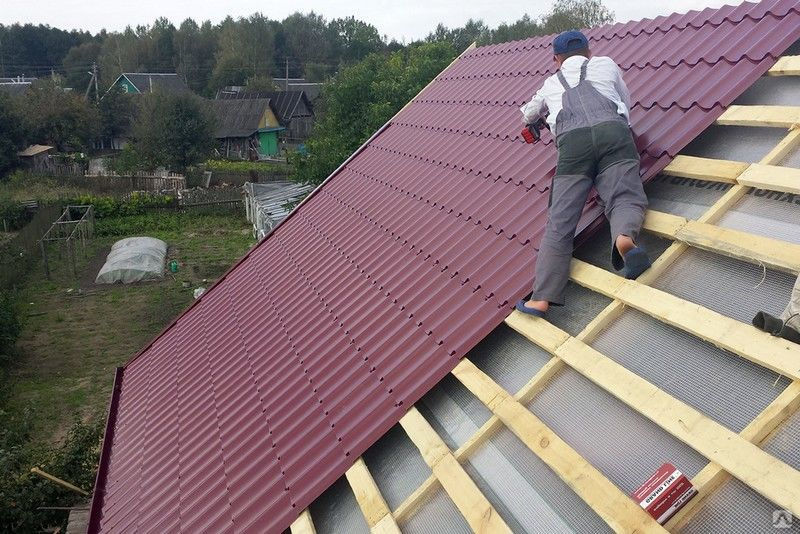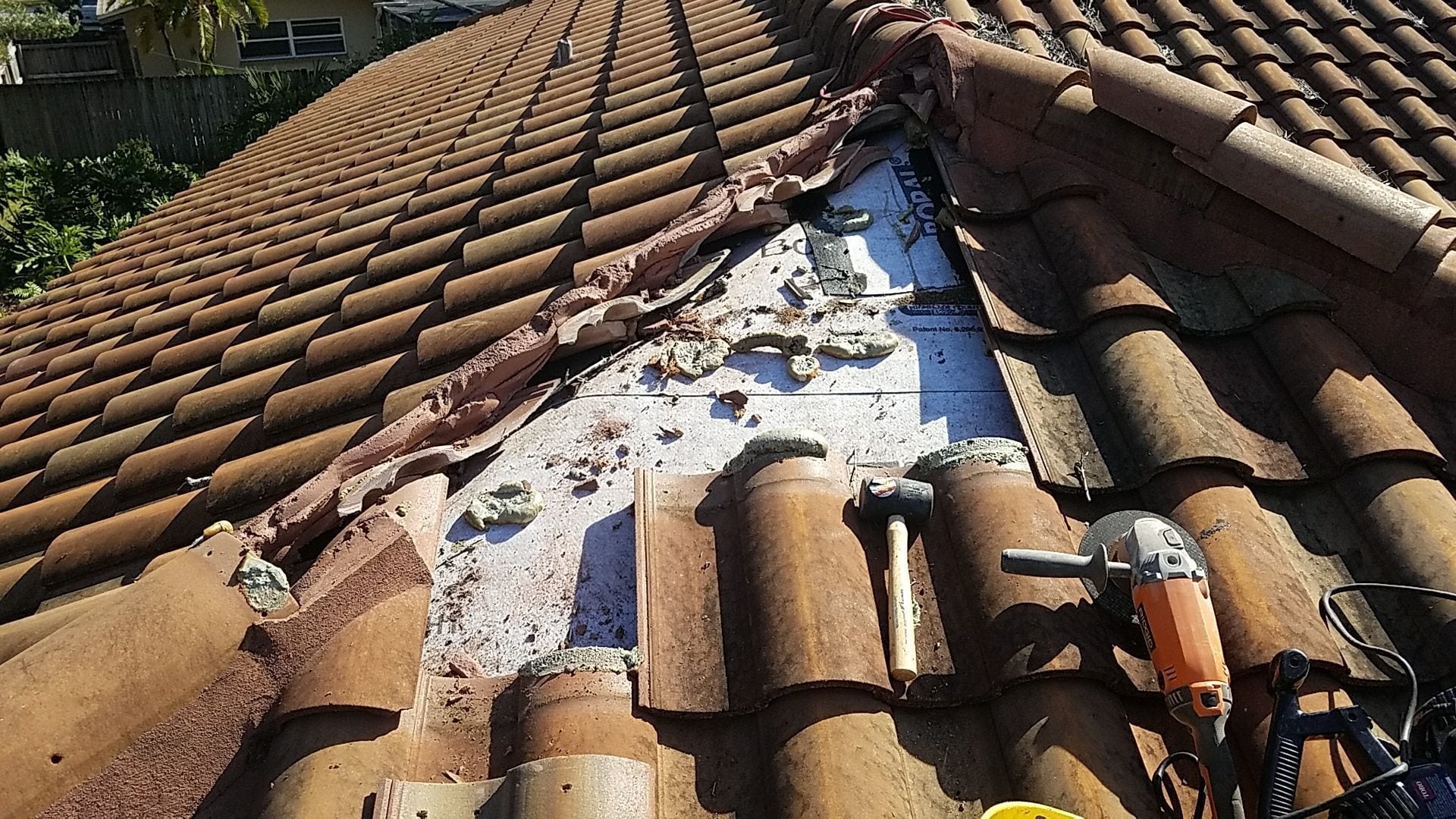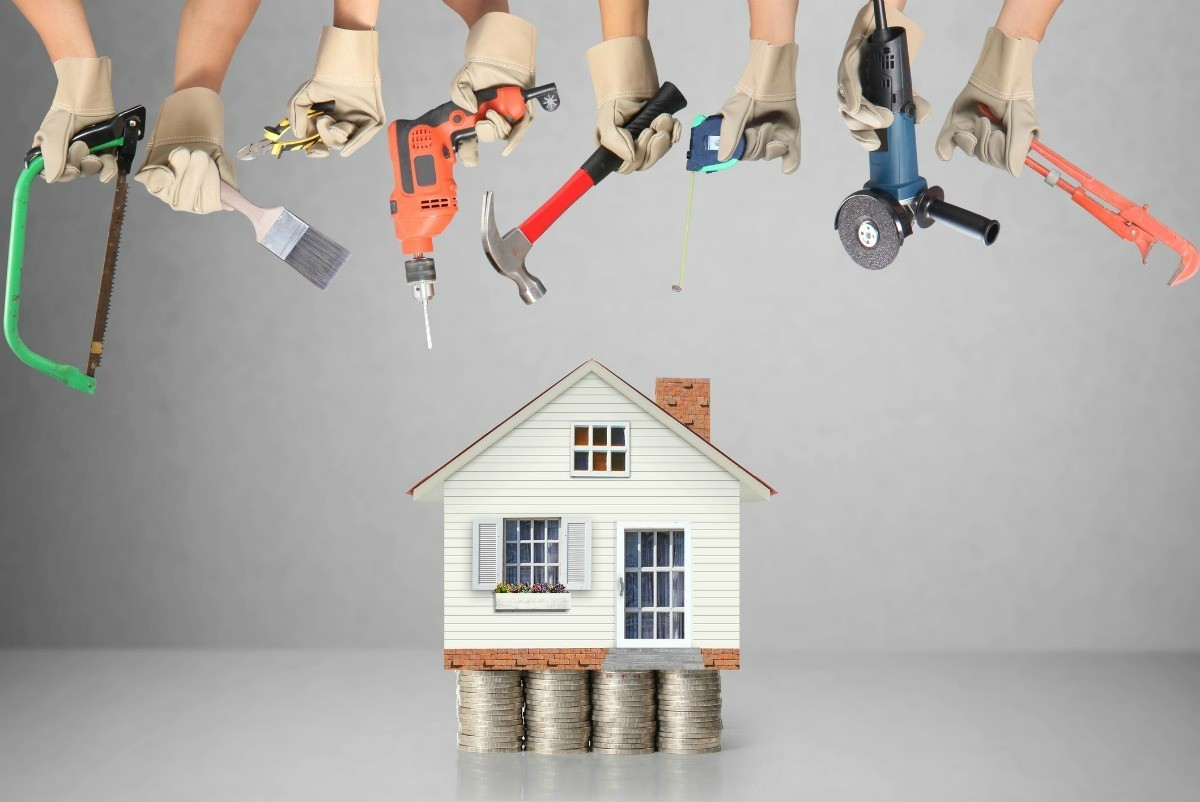Your home’s roof is its first line of defense against the elements. After enduring harsh weather conditions, it may require extra attention to ensure optimal conditions. Whether your area has experienced heavy rain, strong winds, hail, or snow, taking proactive steps to assess and maintain your roof is crucial for preventing potential issues. Here are some essential tips for roof maintenance in harsh weather conditions:
Inspect for Visible Damage
After severe weather, visually inspect your roof for any visible signs of damage. Look for missing or damaged shingles, cracked tiles, or any areas where roofing material has been lifted or shifted. Binoculars can be useful for closer examination if climbing onto the roof is not safe or feasible.
After inspecting your roof, it is important to evaluate the condition of the gutters and downspouts. Ensure that they are securely attached and free from any debris or blockages that can prevent proper drainage. Clogs in the gutters can lead to water accumulation on the roof and potential damage, so it is crucial to keep them clear and functioning properly.
Clear Debris
Remove any debris on the roof, such as branches, leaves, or other foreign objects. Debris can trap moisture, leading to water damage and promoting mold and mildew growth. Use a broom or leaf blower to gently remove loose debris.
Mold and mildew growth on the roof can compromise its structural integrity and shorten the lifespan of the roofing material. It can also result in health hazards indoors, as mold spores can circulate through the ventilation system and affect indoor air quality. Additionally, moisture resulting from mold and mildew growth can lead to the formation of ice dams on the roof, causing further damage to the structure and causing leaks inside the home.
Examine the Gutters and Downspouts
Check the gutters and downspouts for blockages caused by leaves, branches, or other debris. Clogged gutters can lead to water backups, which damage the roof and cause leaks. Ensure that water can flow freely through the gutters to prevent water damage.
Clogged gutters and water backups can lead to several consequences for the roof and home. The excessive weight of standing water in the gutters can cause them to sag or pull away from the house, leading to roof leaks and structural issues. The trapped water can also leak into the attic or walls, causing mold growth, wood rot, and damage to electrical components. Furthermore, water backups can erode the shingles and roofing material, shortening the lifespan of the roof and potentially exposing the interior of the home to the elements.
Check for Leaks Inside the Home
Inspect your ceilings and walls for water staining or leaks. Water damage inside the home can indicate a compromised roof. If you identify any leaks, address them promptly to prevent further damage to your home interior.
Mold growth can occur due to clogged gutters as trapped moisture from water buildup can lead to the formation of mold and mildew. This can result in structural damage to the roof and pose health hazards indoors, as mold spores can circulate through the ventilation system. This can affect indoor air quality. Additionally, moisture resulting from mold growth can lead to ice dams on the roof, causing further damage to the structure and leaks inside the home.
Assess the Flashing
Examine the flashing around chimneys, vents, and skylights. Harsh weather conditions can cause flashing to lift or become damaged, potentially allowing water to penetrate the roof. Ensure that the flashing is securely in place and replace any sections that show signs of wear or damage.
Evaluate the Attic Space
If it’s safe to do so, inspect your attic for signs of water intrusion or damage. Check for damp insulation, mold growth, or leaks. Addressing issues in the attic promptly can prevent further damage to your home’s structural integrity.
Water damage inside your home can lead to poor indoor air quality as mold spores circulate through the ventilation system. This can affect oxygen levels and respiratory health. Mold growth can occur due to clogged gutters as trapped moisture from water buildup can lead to mold and mildew. This can result in structural damage to the roof and pose health hazards indoors, as mold spores circulate through the ventilation system. This can affect indoor air quality. Additionally, moisture resulting from mold growth can contribute to ice dams on the roof, causing further damage to the structure and leaks inside the home.
Trim overhanging branches
If you have trees near your home, trim overhanging branches to prevent scraping or falling onto the roof during storms. Branches can cause physical damage to the roof surface and facilitate the accumulation of debris.
Maintaining a well-trimmed roof area is crucial in preventing damage to the roof and its underlying structure. Overhanging branches can scrape against the roof, causing wear and tear, and the accumulation of debris can block the gutters and downspouts, leading to moisture buildup. By regularly trimming trees near the home, you can ensure the integrity of the roof and reduce the potential for costly repairs or replacements in the future.
Schedule Professional Inspection
Consider scheduling a professional roof inspection, especially if you are unsure about potential damage. Roofing professionals can provide a thorough assessment, identify hidden issues, and recommend necessary repairs or maintenance.
Regular professional roof inspections can uncover potential issues or damages that may not be visible to the naked eye. These inspections can help detect any signs of wear and tear, leaks, or potential hazards, allowing homeowners to address problems before they worsen. By catching issues early on, professional roof inspections can prevent costly repairs or replacements in the future, ensuring the overall longevity and structural integrity of the roof.
Address Repairs Promptly
If you discover any issues during your inspection, address them promptly. Ignoring minor damage can lead to more significant problems over time. Timely repairs can extend the lifespan of your roof and prevent costly issues down the road.
When addressing repairs promptly, the first step is to thoroughly assess the damage and identify the specific areas that require attention. Next, gather the necessary materials and tools for the repair. Once the preparations are complete, make the repairs according to the recommended procedures and specifications. Finally, ensure that the affected area is cleaned and inspected again, double-checking that all repairs are complete and effective.
Consider Roof Coating
Applying a roof coating can provide an additional layer of protection from the elements. Roof coatings can seal small leaks, reflect sunlight, and extend roof life. Consult a roofing professional to determine the most suitable coating for your specific roof type.
By following these essential tips for roof maintenance after harsh weather conditions, you can protect your home from potential damage. This will ensure your roofing system’s longevity. Regular inspections and timely repairs contribute to your roof’s overall resilience, helping it withstand weather challenges.
After enduring harsh weather conditions, the resilience of your home’s roof becomes paramount to safeguarding your living space. The essential tips provided for post-weather roof maintenance serve as a proactive guide to ensure your roof remains in optimal condition, ready to face whatever nature throws its way.
By conducting thorough inspections, promptly addressing visible damage, and taking preventative measures, you preserve your roof’s structural integrity but also protect your home from potential water damage, leaks, and costly repairs. Clearing debris, checking gutters, and assessing flashing are crucial steps in maintaining a robust defense against the elements.
Regular maintenance extends your roof’s life but also enhances its ability to withstand future weather challenges. Taking a proactive stance, such as scheduling professional inspections and addressing repairs promptly, is an investment in the longevity and reliability of your home’s protective covering.
In the ever-changing weather patterns, we face, treating your roof with care and attention is like providing a shield for your home. These essential tips, when incorporated into your post-weather routine, contribute to your roof’s resilience, ensuring its reliability against nature.
Remember, the roof is not just a structural component of your home; it’s a shield that guards against the elements. By following these guidelines, you are not merely maintaining a roof; you are strengthening the very essence of your home – a place of safety, comfort, and security.



